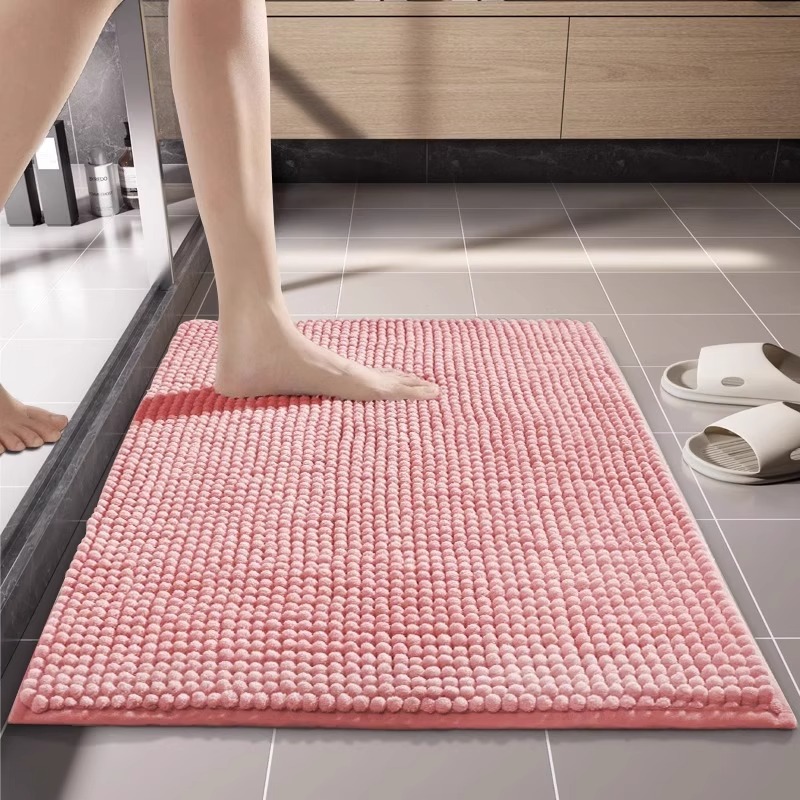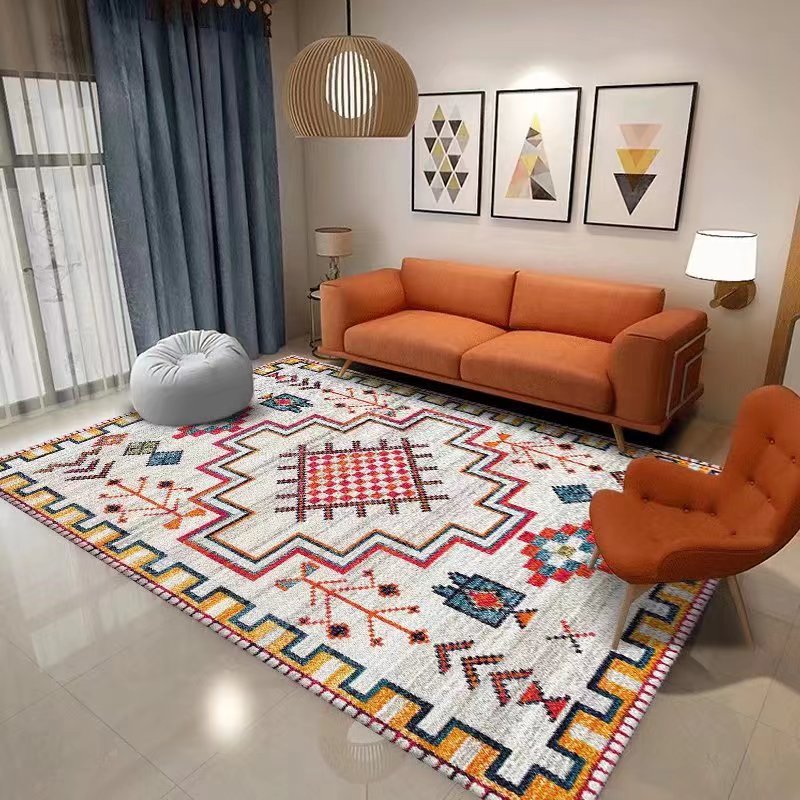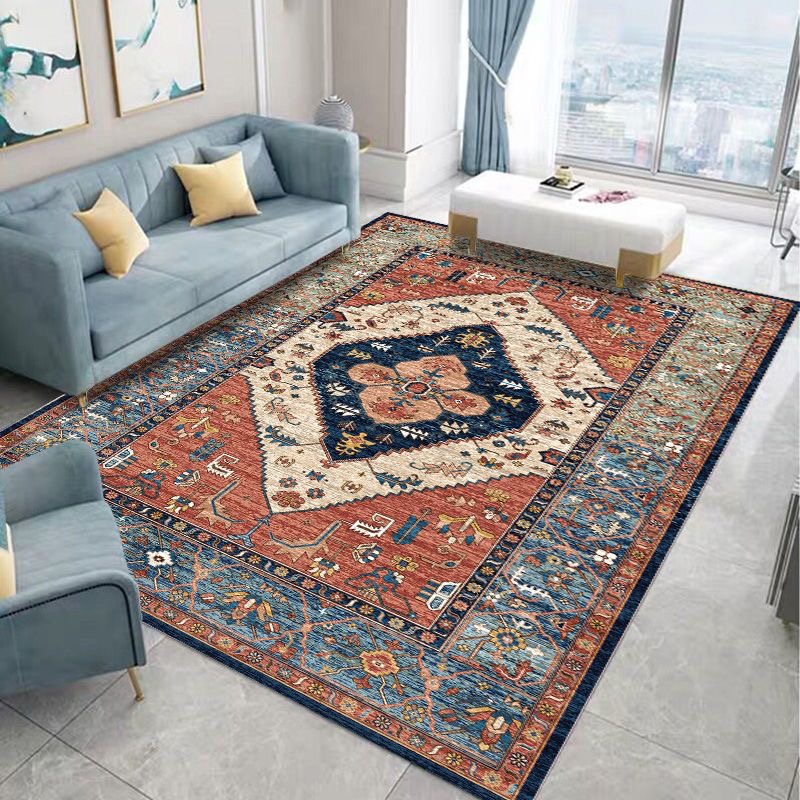What Are the Advantages of Chinese-Made Living Room Carpets?
Chinese-made living room carpets hold significant competitive advantages in the global market, primarily reflected in the following aspects:
1. Cost and Price Advantage
Mass Production: China’s well-established textile supply chain and automated manufacturing reduce costs, making carpets highly price-competitive.
Abundant Raw Materials: Local sourcing of wool, synthetic fibers, and other materials minimizes import reliance, further lowering expenses.
2. Diverse Designs and Styles
Cultural Fusion: Capable of producing traditional Chinese motifs (e.g., landscapes, florals) as well as replicating modern, minimalist, European, or Persian-inspired designs.
Customization Flexibility: Supports small-batch orders for personalized needs (e.g., corporate logos, specific color schemes).
3. Technology and Quality Improvements
Mature Craftsmanship: Advanced techniques like tufting, hand-weaving, and digital printing, with high-end products meeting international eco-certifications (e.g., OEKO-TEX®, CARB).
Durability: Enhanced fiber treatments (e.g., stain-resistant, anti-static coatings) extend product lifespan.
4. Supply Chain and Delivery Efficiency
Integrated Production: End-to-end manufacturing from yarn to finished goods, paired with robust logistics (e.g., ports in Ningbo, Qingdao) ensures fast delivery.
E-Commerce Support: Platforms like Alibaba International and Amazon enable direct purchases for small-to-medium buyers.

5. Eco-Friendliness and Safety Standards
Compliance: Strict adherence to EU REACH, U.S. CPSC regulations, with low-formaldehyde and heavy-metal-free dyes as industry norms.
Sustainable Options: Some manufacturers offer carpets made from recycled fibers (e.g., PET bottles).
6. Functional Innovations
Smart Home Compatibility: Features like non-slip backing, easy-clean materials, and even antimicrobial nanotechnology (ideal for homes with pets/children).
Seasonal Varieties: Winter thermal-thick styles and summer breathable thin designs cater to diverse needs.

7. After-Sales Support
B2B Services: OEM/ODM solutions, inventory hosting, and quality-related return policies from select suppliers.
Purchasing Tips:
Eco-Conscious Choice: Prioritize products with global certifications (e.g., GOTS).
Usage Matching: Opt for nylon (durable) in high-traffic areas and wool (soft, sound-absorbing) for bedrooms.
Sourcing Channels: Verify quality via trade fairs (e.g., Canton Fair), manufacturing hubs (e.g., Weihai, Shandong; Jiaxing, Zhejiang), or third-party inspections.
China’s carpet industry is transitioning from "low-cost OEM" to "quality + branding," combining affordability with rising design capabilities to solidify its role as a key global sourcing hub for home textiles.


